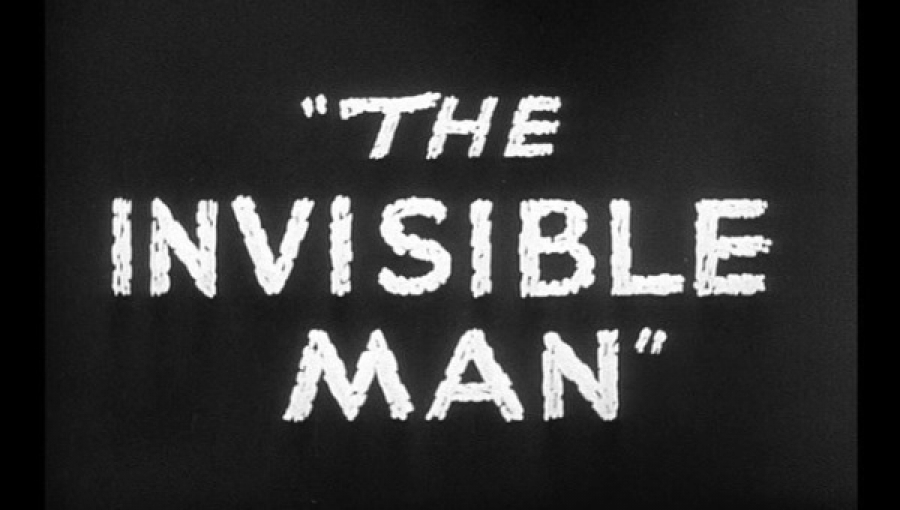As Halloween is fast approaching, the Fanboy Comics staff and contributors decided that there was no better way to celebrate this horrifically haunting holiday than by sharing our favorite scary stories! Be they movies, TV shows, video games, novels, or anything other form of entertainment, members of the FBC crew will be sharing their “scariest” stories each day leading up to Halloween. We hope that you will enjoy this sneak peek into the terrors that frighten Fanboy Comics!
Nobody seems to understand why I find the 1933 version of The Invisible Man starring Claude Rains so scary. Out of all the horror movies that have ever been made, from Psycho to Night of the Living Dead to The Texas Chainsaw Massacre, why does this somewhat gimmicky, 80-year-old film take my top spot?
It’s admittedly kind of corny in places. The Invisible Man’s reign of terror includes at least a couple of childish pranks, along with some campy dialogue. And, some of the effects used to convey invisibility, such as objects floating around the room, are kind of stilted and fake-looking. The most famous effect, wherein he first reveals himself as invisible to a crowd of shocked onlookers, is still pretty impressive—but not scary, by today’s standards.
So, what is it about this movie that makes it so scary? Two things. First, Claude Rains’ voice. It’s clear, intelligent, usually calm . . . and seriously creepy. His character, Jack Griffin, is insane in a way that not many horror monsters are. He can actually sit down and have what appears to be a rational conversation with a colleague.
He talks about the experiment that turned him invisible and what an incredible scientific achievement it is. Then, he starts talking about all the possibilities that the experiment opens up and quickly works his way around to world domination. And then, still in that clear, intelligent voice, he starts to outline his plan to achieve it. “I’ll start with a few murders here and there . . . Murders of great men, and murders of little men, just to show I make no distinction.” Then, he moves on to bigger acts of mayhem, describing how his fingers around a signalman’s throat could cause a train wreck.
Griffin is somewhat unique in horror, in that he’s both the mad scientist and the monstrous creation, not only in the same film, but often in the same breath. And, Claude Rains manages to be the perfect balance of both, creating a performance that’s truly chilling—entirely with his voice.
But, what really makes this movie scary for me is the paranoia factor. In some scenes, Griffin announces his presence to whomever’s in the room with him by opening doors, picking up objects, or just talking about whatever he’s doing. In other scenes, though, he does nothing at all. And, even without those visual and auditory cues, you can somehow still feel his presence. Is Griffin still asleep upstairs, or is he in the room right now, as his friends discuss how to stop him? Which of the policemen or angry townspeople out looking for Griffin is about to have his invisible fingers around their throat? Those trying to capture the Invisible Man go to tremendous lengths to ensure that their plans are kept private . . . but are they? Can they ever be?
The Invisible Man plays on this paranoia in some really effective ways. It’s the kind of movie that gets inside your head and has you looking over your shoulder afterwards. That’s what makes it scary. There’s no grotesque monster. No psycho with a mask. It’s just an intelligent, authoritative, well-spoken man, who happens to be murderously insane. And, you’ll never see it coming.

